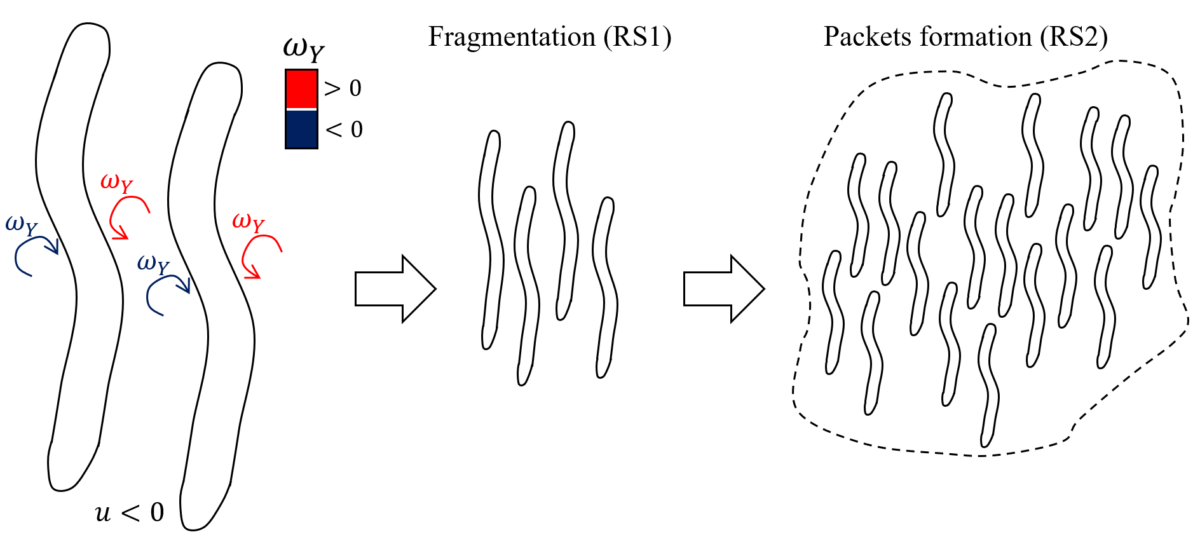The drag reduction mechanism of sinusoidal riblets in a turbulent boundary layer
We experimentally investigate the effects of microgrooves on the development of a zero pressure gradient turbulent boundary layer at two different values of the friction Reynolds number. We consider both the well-known streamwise aligned riblets as well as wavy riblets, characterised by a sinusoidal pattern in the mean flow direction. Previous investigations by the authors showed that sinusoidal riblets yield larger values of drag reduction with respect to the streamwise aligned ones.
We perform new particle image velocimetry experiments on wall-parallel planes to get insights into the effect of the sinusoidal shape on the near-wall organisation of the boundary layer and the structures responsible for the friction drag reduction and the turbulence generation.
Conditional averages, aimed at identifying the topology of the low-speed streaks in the turbulent boundary layer, reveal that the flow is highly susceptible to wall manipulation. The cases characterized by the sinusoidal riblet geometry feature a different topology of the low-speed streaks, which is particularly evident in the cases that are associated with greater values of drag reduction.
The results suggest a fragmentation and/or weakening of the streaks in the sinusoidal cases, that is triggered by the larger values of the wall-normal vorticity found at the streaks’ edges. The results are also confirmed by applying the variable interval spatial averaging events eduction technique. The turbulent kinetic energy budget also shows that the sinusoidal geometry significantly attenuates the turbulence production, hence supporting the idea of the manipulation of the turbulence regeneration cycle.

